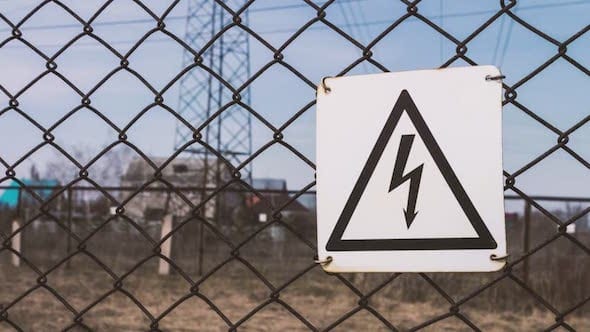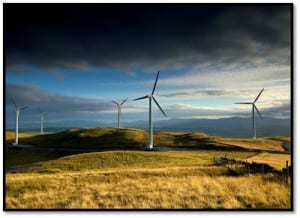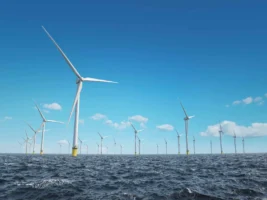 The West Australian renewable energy industry – victim of a government-led investment strike over the last few years – is now in turmoil after the new Labor government agreed to allow the state-owned Synergy to set up a new “green fund” to manage its investments in wind and solar.
The West Australian renewable energy industry – victim of a government-led investment strike over the last few years – is now in turmoil after the new Labor government agreed to allow the state-owned Synergy to set up a new “green fund” to manage its investments in wind and solar.
Independent developers say they are likely to be crowded out by the move, which simply locks in Synergy’s own portfolio of projects, will cement its near monopoly powers, and put up to $1 billion of wind and solar developments at risk.
The WA Independent Power Association has protested loudly against the WA Cabinet decision to create a new green fund – partnering with the likes of the Dutch Infrastructure Fund – that would develop certain projects in Synergy’s portfolio and contract the output to Synergy.
The move by the WA Labor government contrasts sharply with those of South Australia and Queensland, which are moving to tincrease competition in the market, mostly by bringing in new wind and solar projects that they say will help reduce costs.
Richard Harris, the chairman of the WA Independent Power Association, says the WA government has not thought through the long-term consequences to the market.
“This fund is a large step in the wrong direction away from a liquid and competitive wholesale market,” Harris says. “Its implementation will see Synergy’s problematic domination of the wholesale market increase and private participants will be crowded out.”
Harris says that by allowing Synergy to extend their dominance of the electricity market the government is locking in higher electricity prices for all Western Australians. It’s the opposite of what the SA and Queensland governments are trying to do.
Harris says there are more than $1 billion of renewable energy projects put together by private companies, many of which are shovel ready and would be delivered more quickly and at lower cost than those in the Synergy portfolio.
“It is very hard for the private sector to understand how the government can effectively write a contract worth over $500 million with itself without an open and transparent process which ensures that the best value for money is being obtained by taxpayers.”
Harris predicted that renewable energy developers were now highly likely to leave the state to focus on creating jobs and infrastructure in other jurisdictions such as Victoria and Queensland, “where there is an open market and investment friendly policies which encourage private sector renewable development.”
This is despite predictions by the likes of professor Ross Garnaut that WA could well “go it alone” and create a low-carbon economy that could be a centre of renewable energy production and low-carbon manufacturing.
Garnaut said the opportunity was there to seize, particularly as the WA grid was not connected to main market in Australia, and the National Energy Guarantee would not apply in WA.
But that requires a policy vision from the government, and the new Labor government appears to be concerned with little more than ticking boxes to meet the national renewable energy target.
That, at least, is more than the previous Coalition government wanted. Its hostility to wind and solar projects was so profound it urged wind and solar be built in other states, and for three years just 2.5MW of large-scale capacity was contracted there.
That began to change in 2017, with notice that the Byford solar farm, the Greenough River solar extension, the Carnegie Clean Energy solar farm in Northam and other projects were also coming to fruition, but Harris says this revival could be stopped in its tracks by the Synergy move.
Harris said the only way to address the problem was to limit the size of some of the projects in the green fund, and to create an open tender for the supply of large-scale renewable energy certificates from the private sector.
His suggestions include limiting the capacity of the Warradarge wind farm to no more than 180MW; ensuring that Synergy’s excess wholesale energy be made readily available to private retailers to avoid a complete monopoly in electricity supply to WA customers; and requiring that any future renewable energy projects which are supported by the fund are procured through an open and transparent process.










